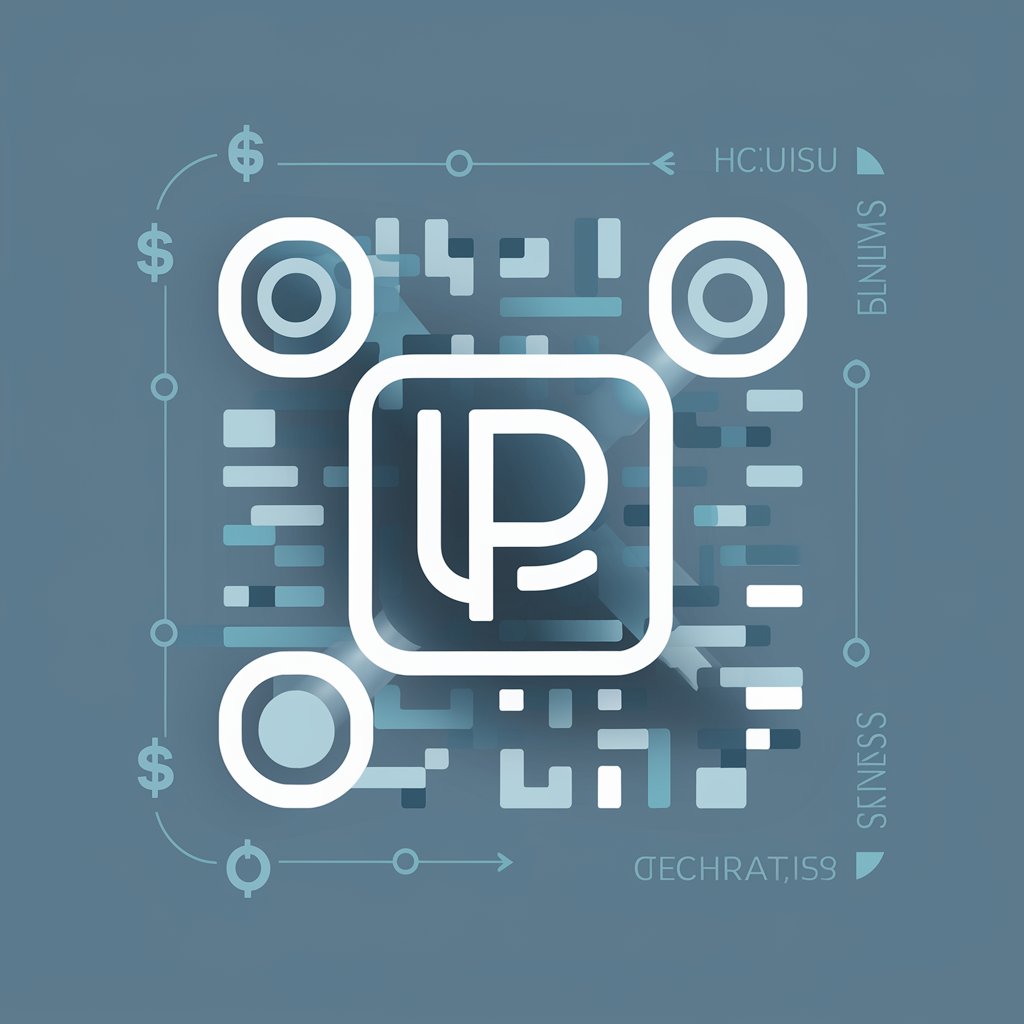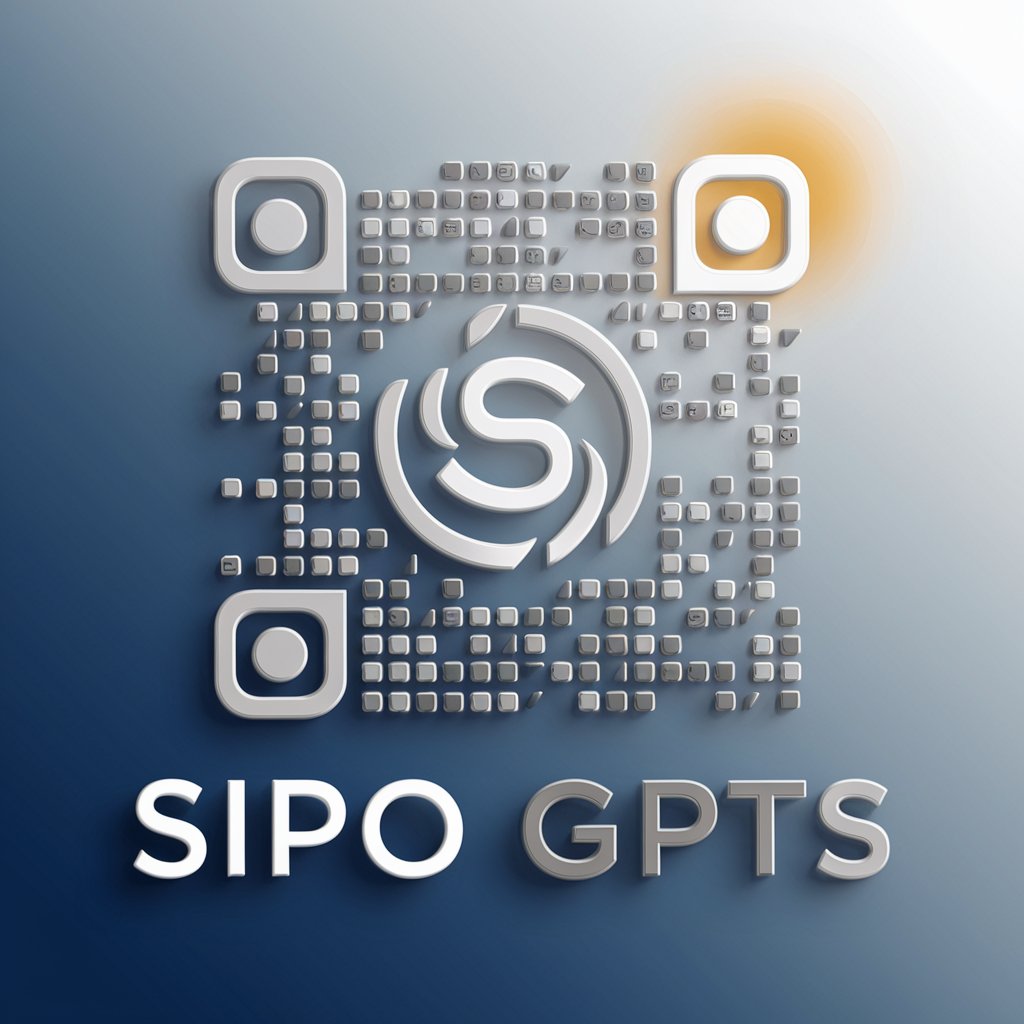
SASCOO - AI Traffic Management

Welcome to SASCOO, your AI traffic optimization assistant.
Optimize Traffic with AI Power
Analyze the traffic data from...
Optimize the traffic light timing for...
Explain how SASCOO adjusts signal phases...
Generate a report on vehicle counts at...
Get Embed Code
Introduction to SASCOO
SASCOO (Step Adaptive Split Cycle Offset Optimizer) is an advanced AI Traffic Optimizer designed to enhance traffic flow and reduce congestion at traffic junctions. Utilizing a combination of historical traffic data and real-time data from sensors and cameras at intersections, SASCOO dynamically optimizes traffic light timing and phases. Its design purpose is to create a more efficient traffic management system by continuously adjusting signal timings based on current traffic conditions. For example, during rush hour, SASCOO may allocate longer green light phases to directions with higher traffic volume, thereby easing congestion and improving the overall traffic flow. Powered by ChatGPT-4o。

Main Functions of SASCOO
Dynamic Traffic Light Optimization
Example
In Pasir Gudang, SASCOO adjusted the traffic signals during peak hours to reduce wait times by 20%.
Scenario
During increased traffic volumes, SASCOO analyzes real-time data to extend green phases for congested directions while shortening them for less busy routes.
Adaptive Signal Control
Example
In Ipoh, by implementing SASCOO, intersections adapted to real-time traffic conditions, resulting in a 15% reduction in overall traffic delays.
Scenario
SASCOO adjusts split times, cycle lengths, and offsets in response to real-time traffic patterns, ensuring smoother flow and less congestion.
Efficiency Analysis and Reporting
Example
SASCOO provides detailed reports on traffic flow improvements and potential areas for further optimization, aiding in long-term urban planning.
Scenario
Using data analytics, SASCOO evaluates the effectiveness of signal timing adjustments, offering insights into traffic patterns and identifying opportunities for improvement.
Ideal Users of SASCOO Services
Municipal Traffic Management Authorities
These entities can leverage SASCOO to improve urban traffic flow, reduce congestion, and enhance public safety by ensuring more efficient use of traffic signals.
Urban Planners and Engineers
Professionals involved in the planning and design of city infrastructure can use SASCOO's data and analytics for informed decision-making regarding road layouts and traffic signal placement.
Public Transport Operators
Operators can benefit from SASCOO by utilizing its traffic flow optimization to reduce delays for buses and trams, thereby improving schedule reliability and passenger satisfaction.

How to Utilize SASCOO Effectively
Begin Your Journey
Start by exploring SASCOO with a free trial at yeschat.ai, accessible without the need for a login or subscription to ChatGPT Plus.
Understand the System
Familiarize yourself with SASCOO's functionalities by reviewing the available documentation and tutorials to understand how it optimizes traffic light timings using AI.
Install Necessary Equipment
Ensure that the necessary sensors and cameras are installed at traffic junctions to collect real-time data for SASCOO to analyze and optimize.
Monitor and Adjust
Regularly monitor the system's performance and adjust parameters as needed to refine traffic flow and efficiency based on real-time data and analytics.
Leverage Insights
Utilize the insights and reports generated by SASCOO to make informed decisions on urban traffic planning and congestion management strategies.
Try other advanced and practical GPTs
Comunicadora Bolluk
Elevate Your Brand with AI-Powered Marketing

Banking Mentor
Empowering Finance Professionals with AI

Uni Guide Korea
AI-powered Korean University Admission Advisor

閱讀塗鴉實驗室Beta版
Transforming Expertise into Visual Understanding

Asistente para redactar mensajes genéricos
Streamline Communication with AI-Powered Precision

Innovative Law Content Rewriter
Transforming Legal Jargon into Plain English

Genio Zpixe
Streamlining IT tasks with AI

Strategic advisor
Empowering Strategy with AI Insight

Mathématiques Cycle 4
Master Math with AI

英語溝通教師
Enhance your English with AI

QR Platba
Simplify payments with AI-generated QR codes

동화 일러스터
Bringing Stories to Life with AI

Frequently Asked Questions about SASCOO
What is SASCOO and how does it work?
SASCOO, or Step Adaptive Split Cycle Offset Optimizer, is an AI Traffic Optimizer that uses historical and real-time traffic data from sensors and cameras to dynamically adjust traffic light timings, improving flow and reducing congestion.
Can SASCOO adapt to unexpected traffic conditions?
Yes, SASCOO can adapt to unexpected traffic conditions by analyzing real-time data and making immediate adjustments to traffic light phases and timing plans to optimize flow.
How does SASCOO improve traffic efficiency?
SASCOO improves traffic efficiency by continuously analyzing traffic data to adjust signal timings, ensuring equitable green light distribution and minimizing congestion and delays.
Is SASCOO suitable for all types of traffic junctions?
SASCOO is versatile and can be configured for various junction types, but its effectiveness is maximized in urban areas with complex traffic patterns and high congestion levels.
What are the key benefits of implementing SASCOO?
Key benefits include reduced traffic congestion, improved travel times, enhanced road safety, and better environmental outcomes due to decreased vehicle emissions.





